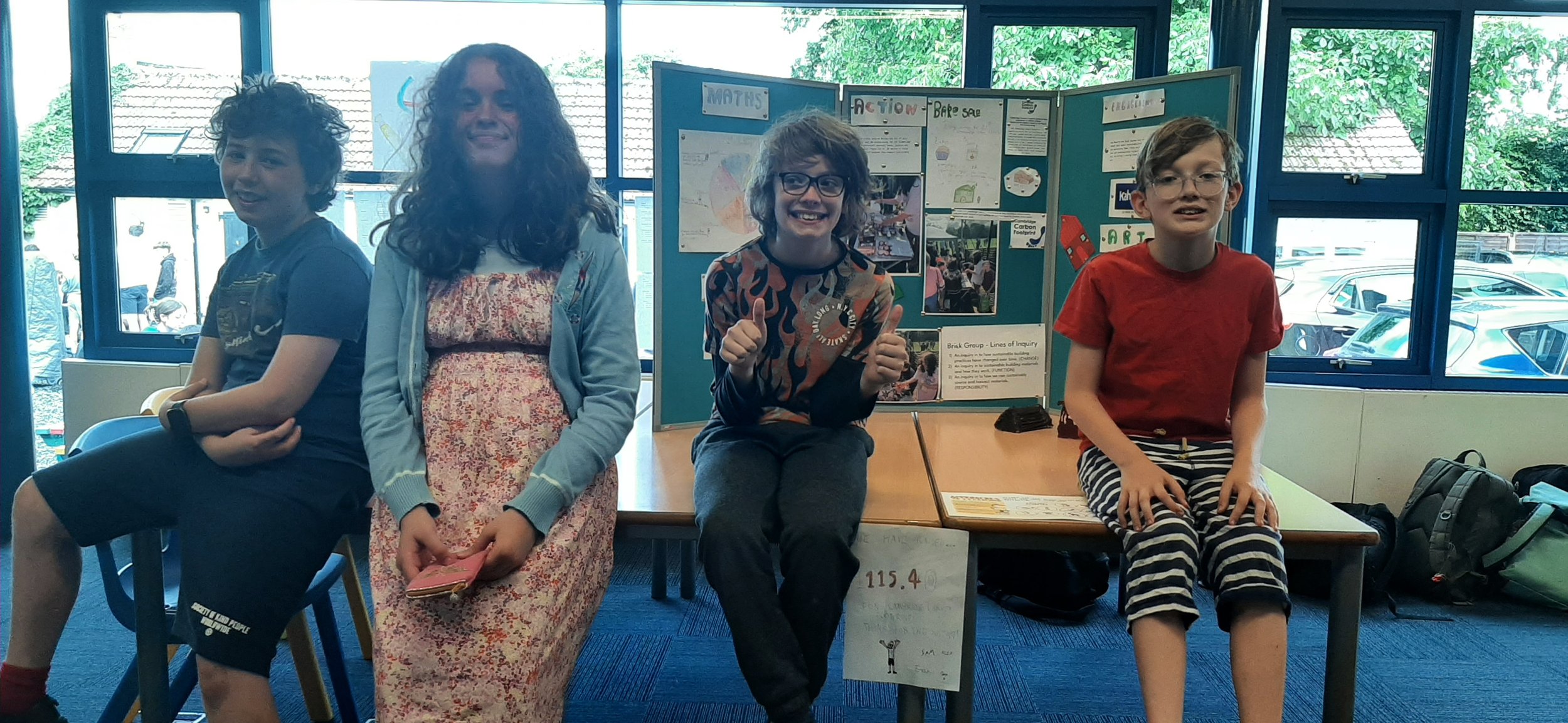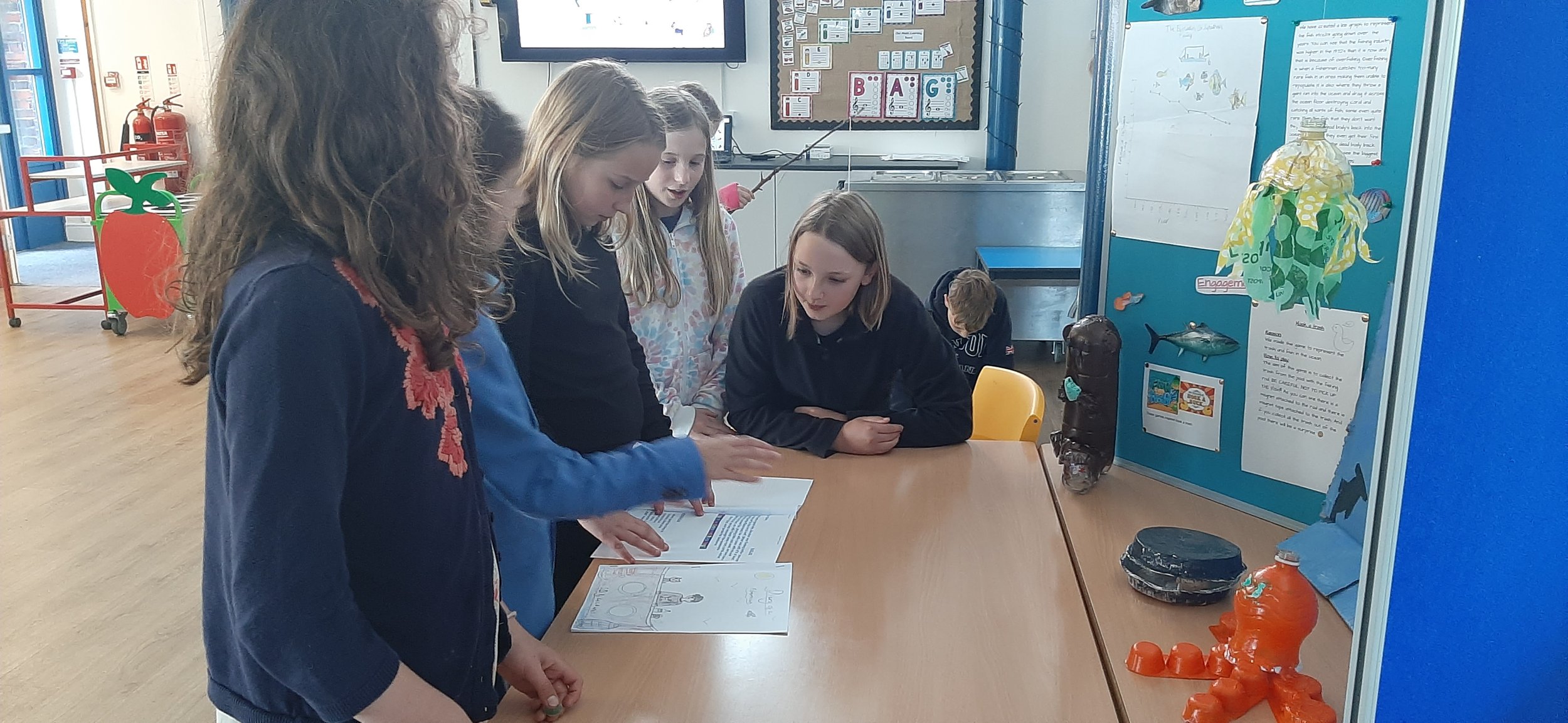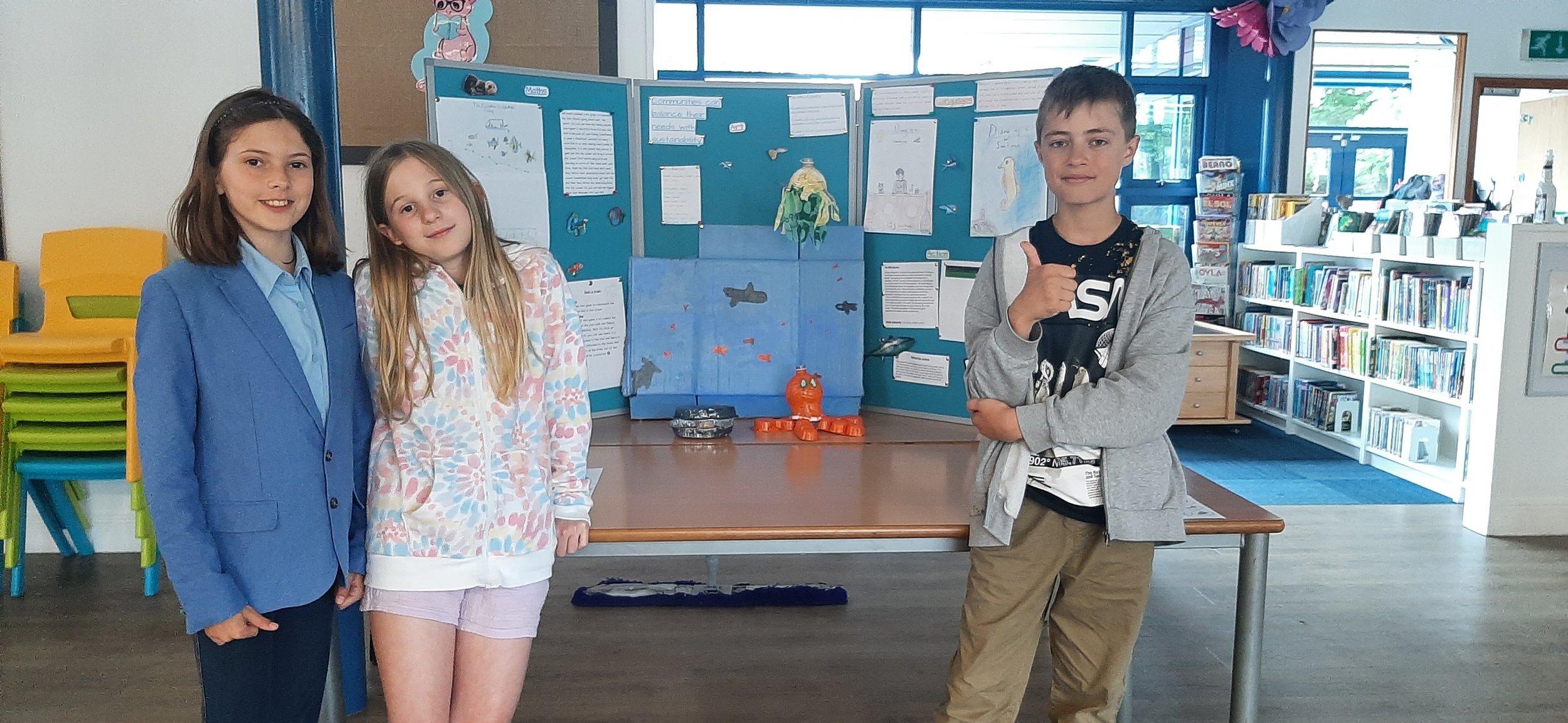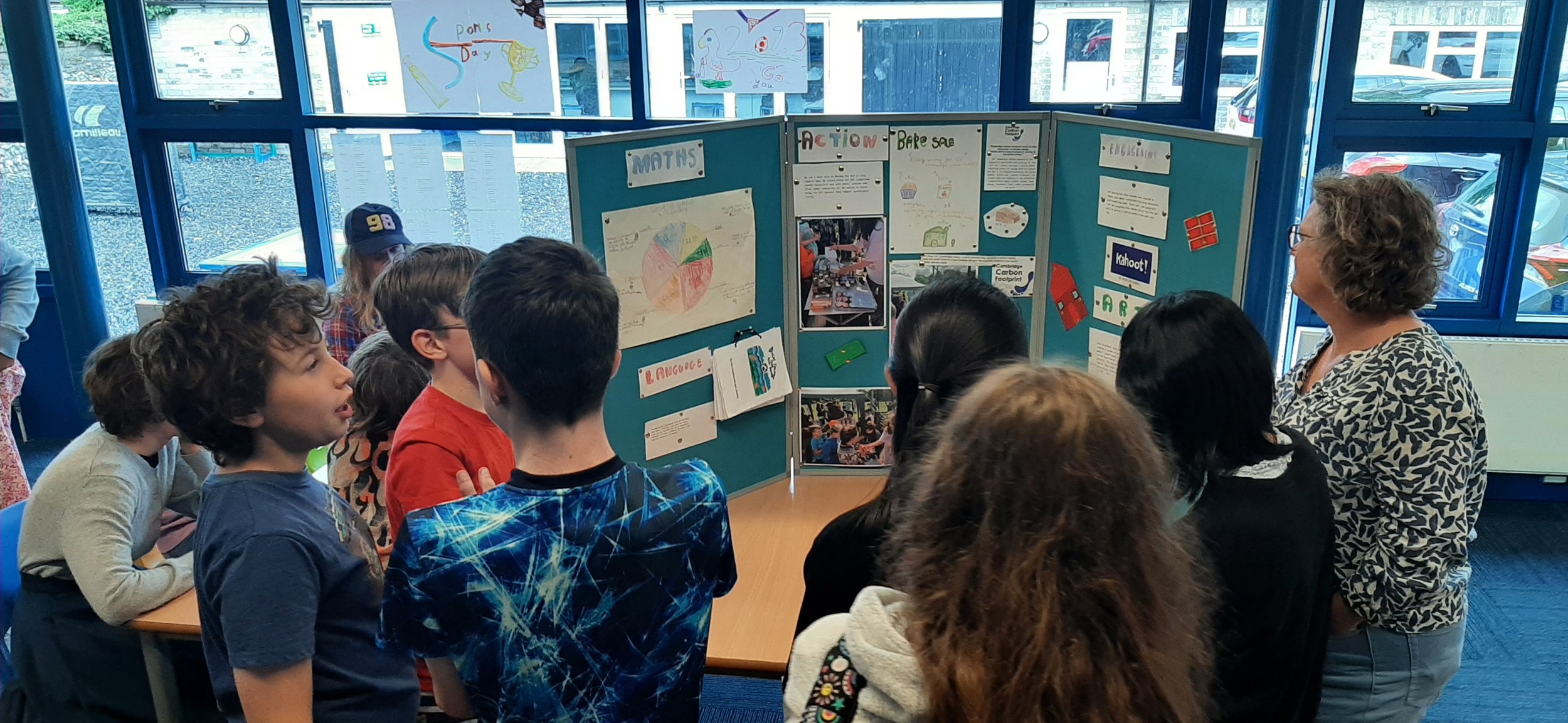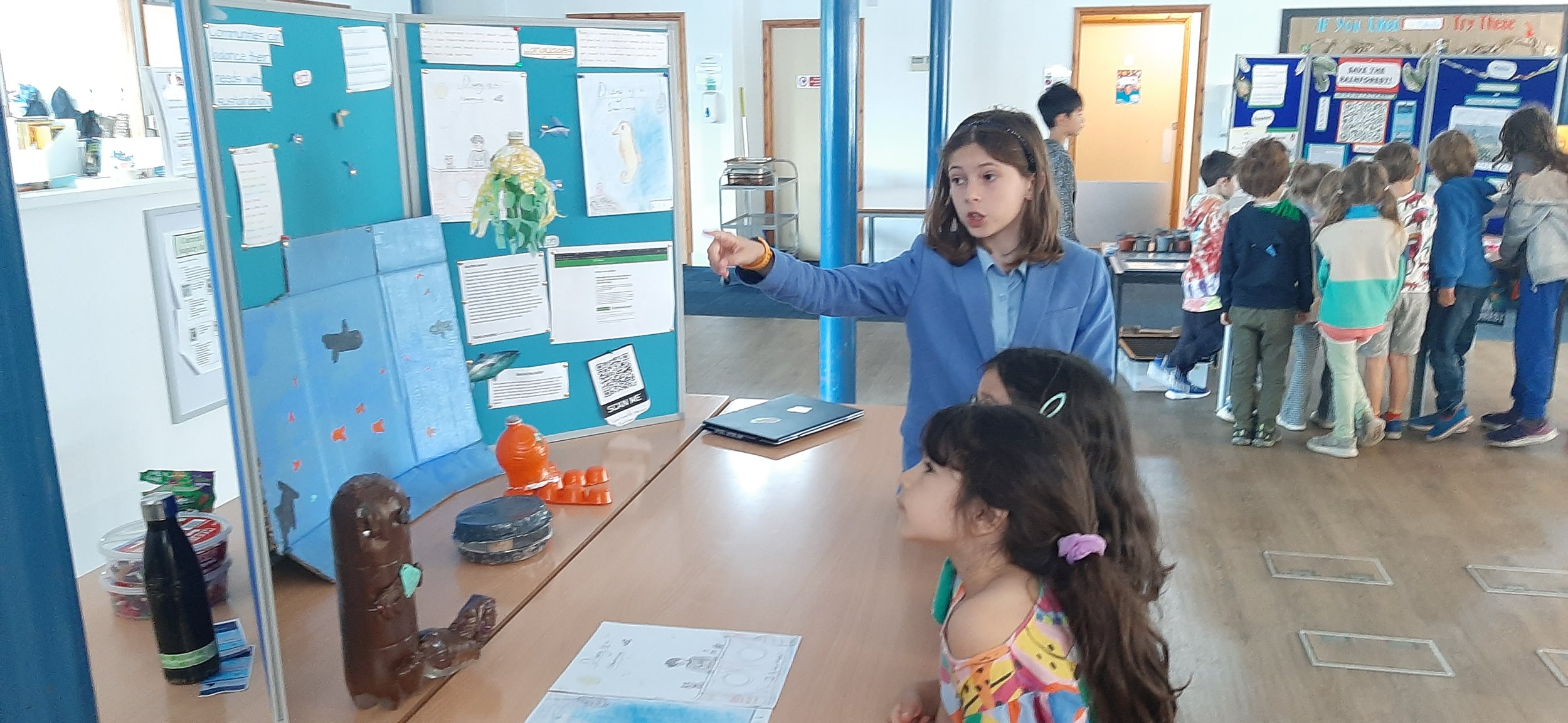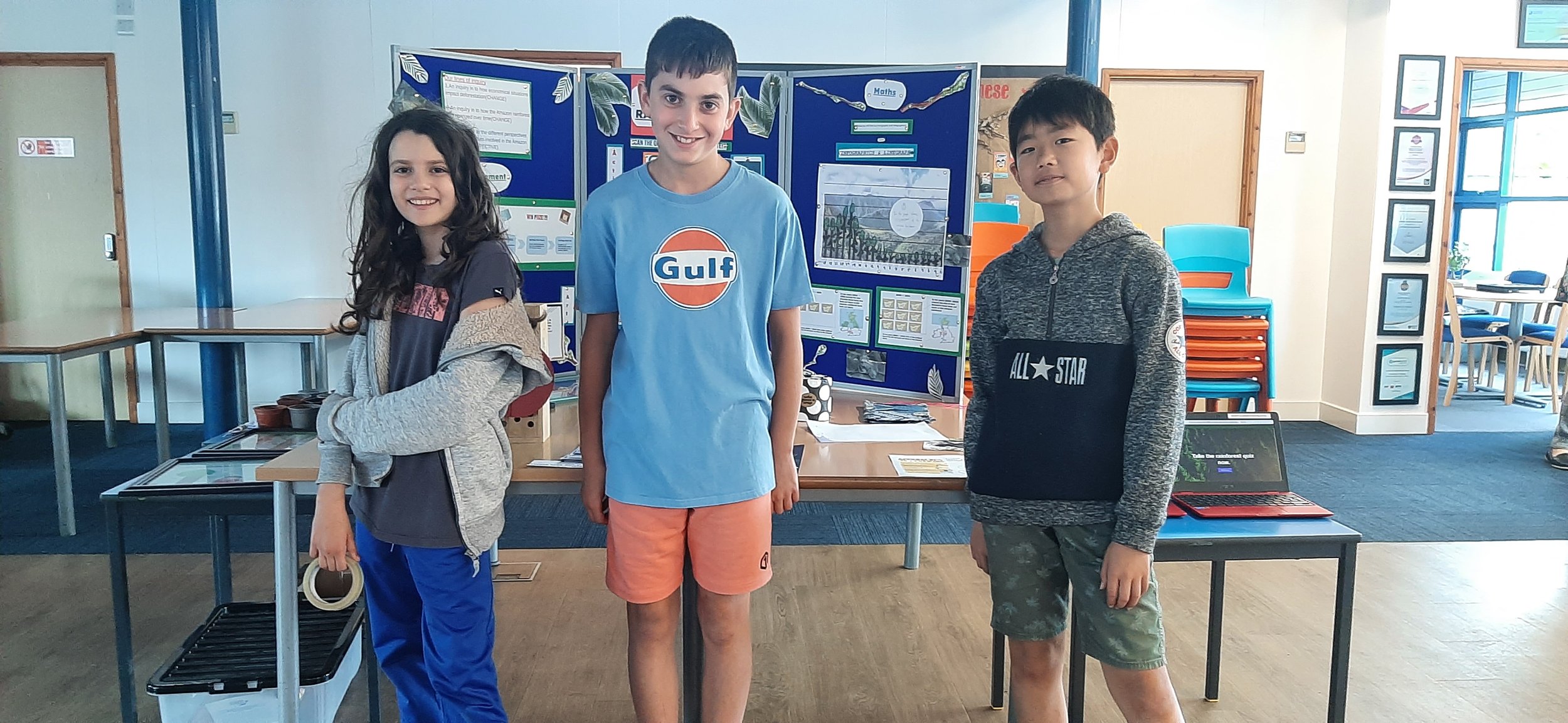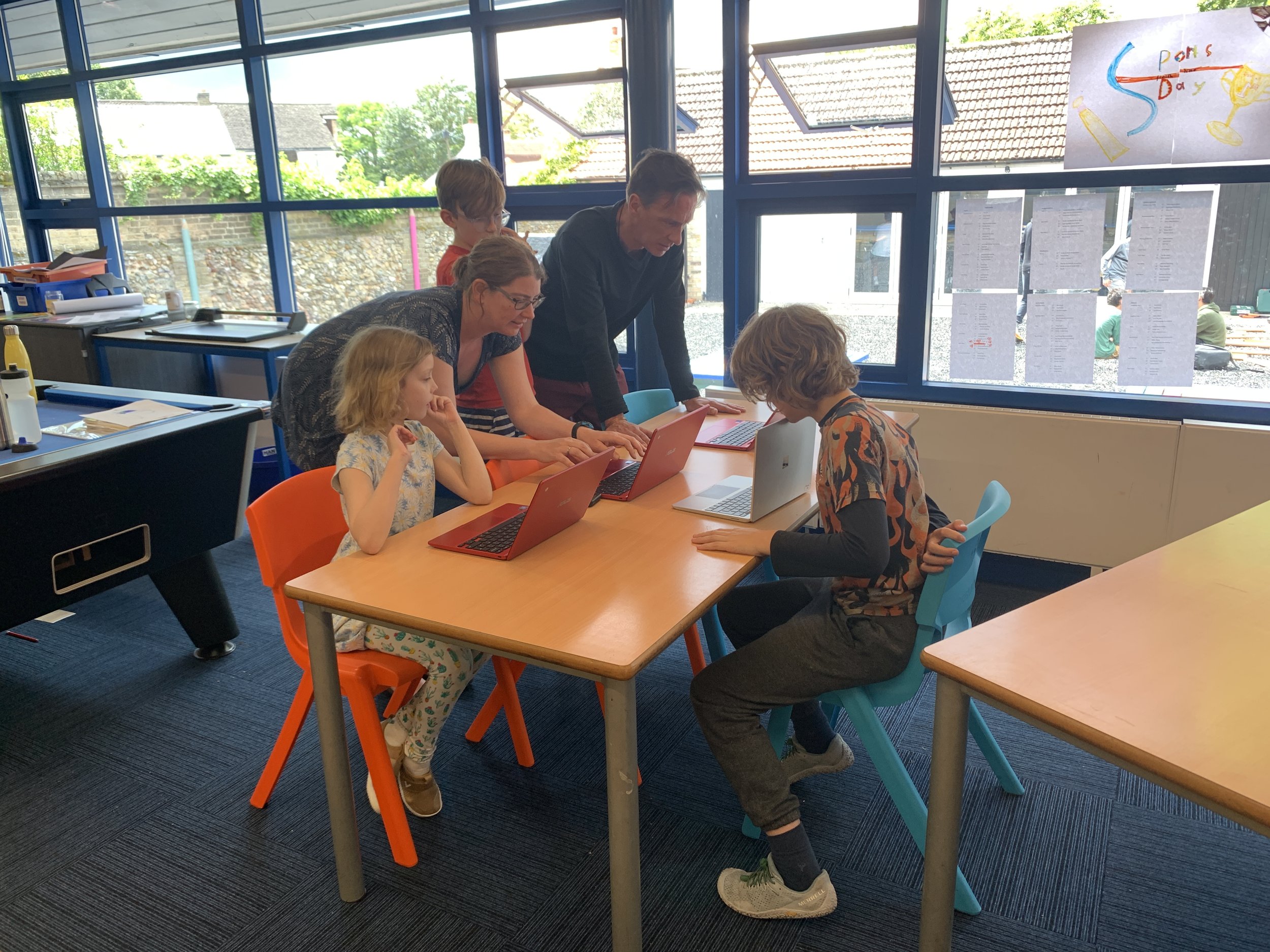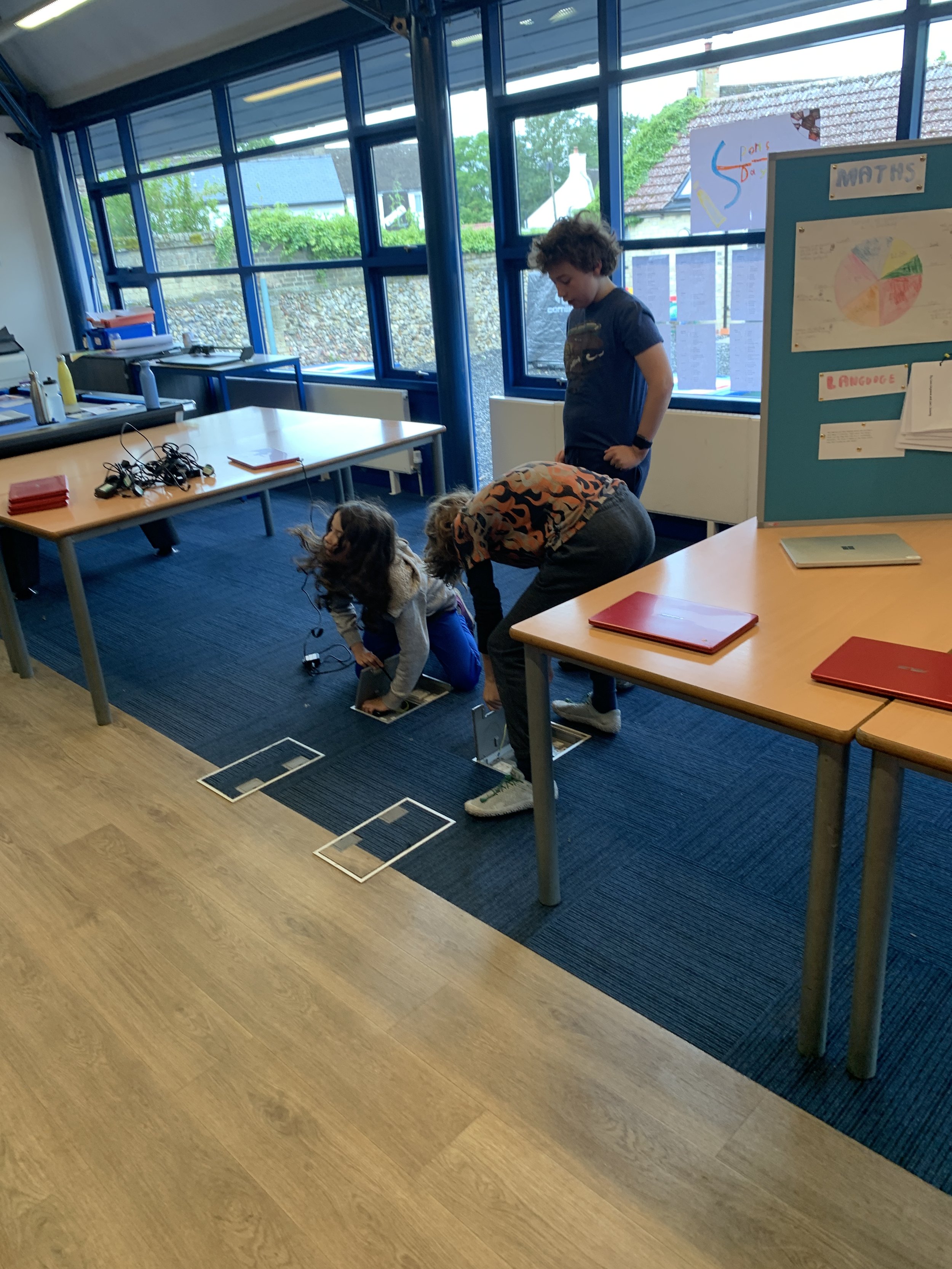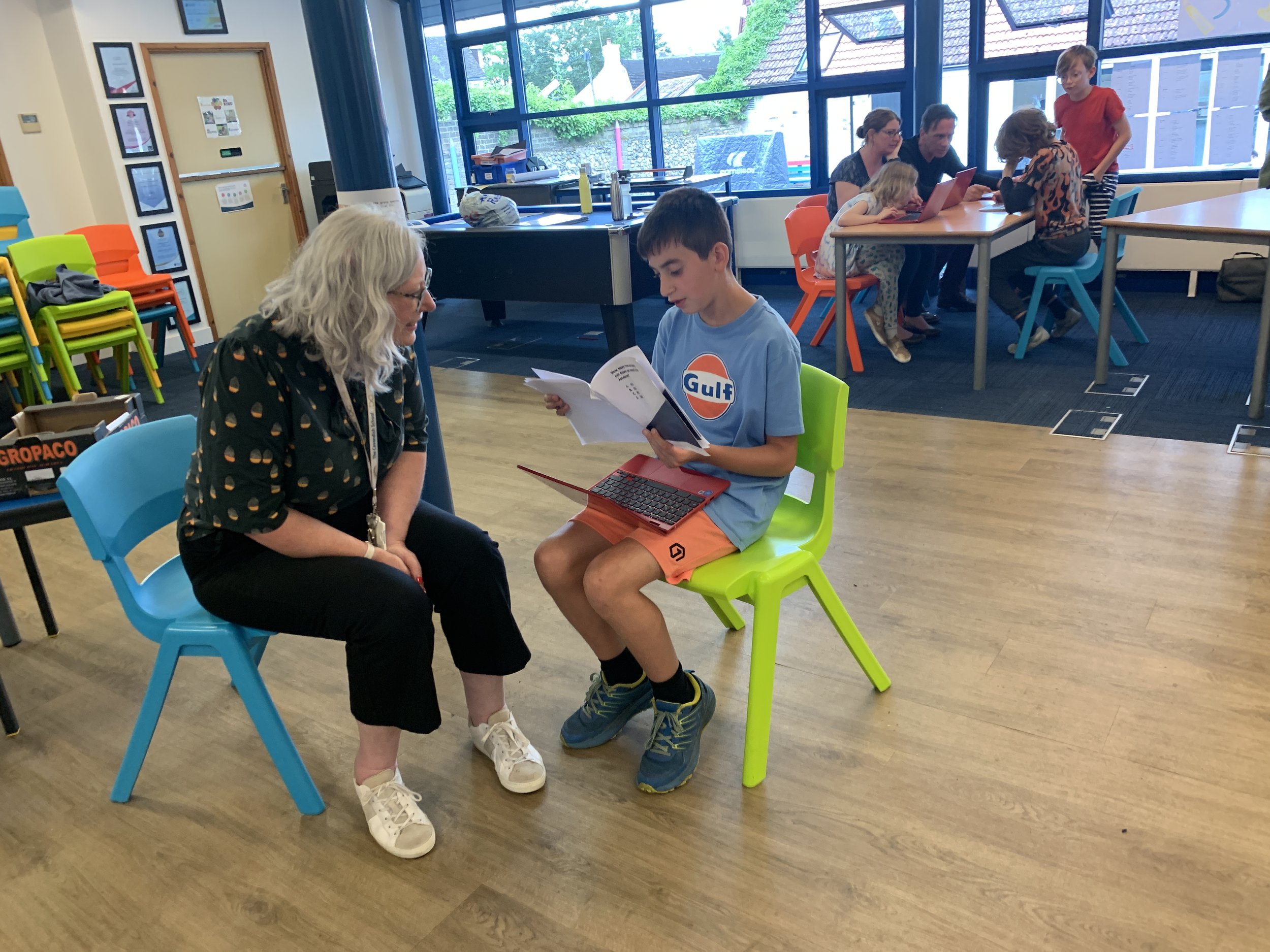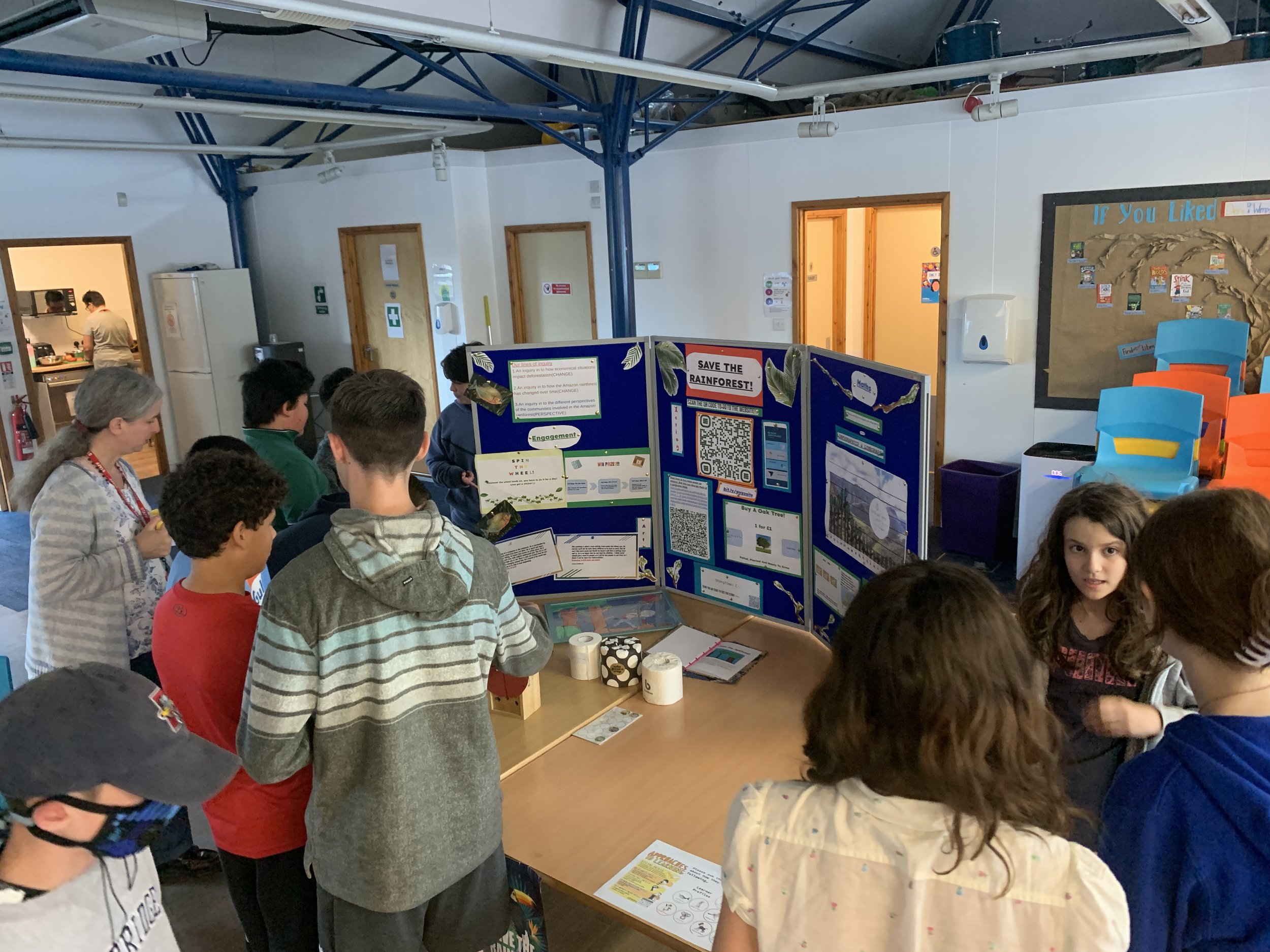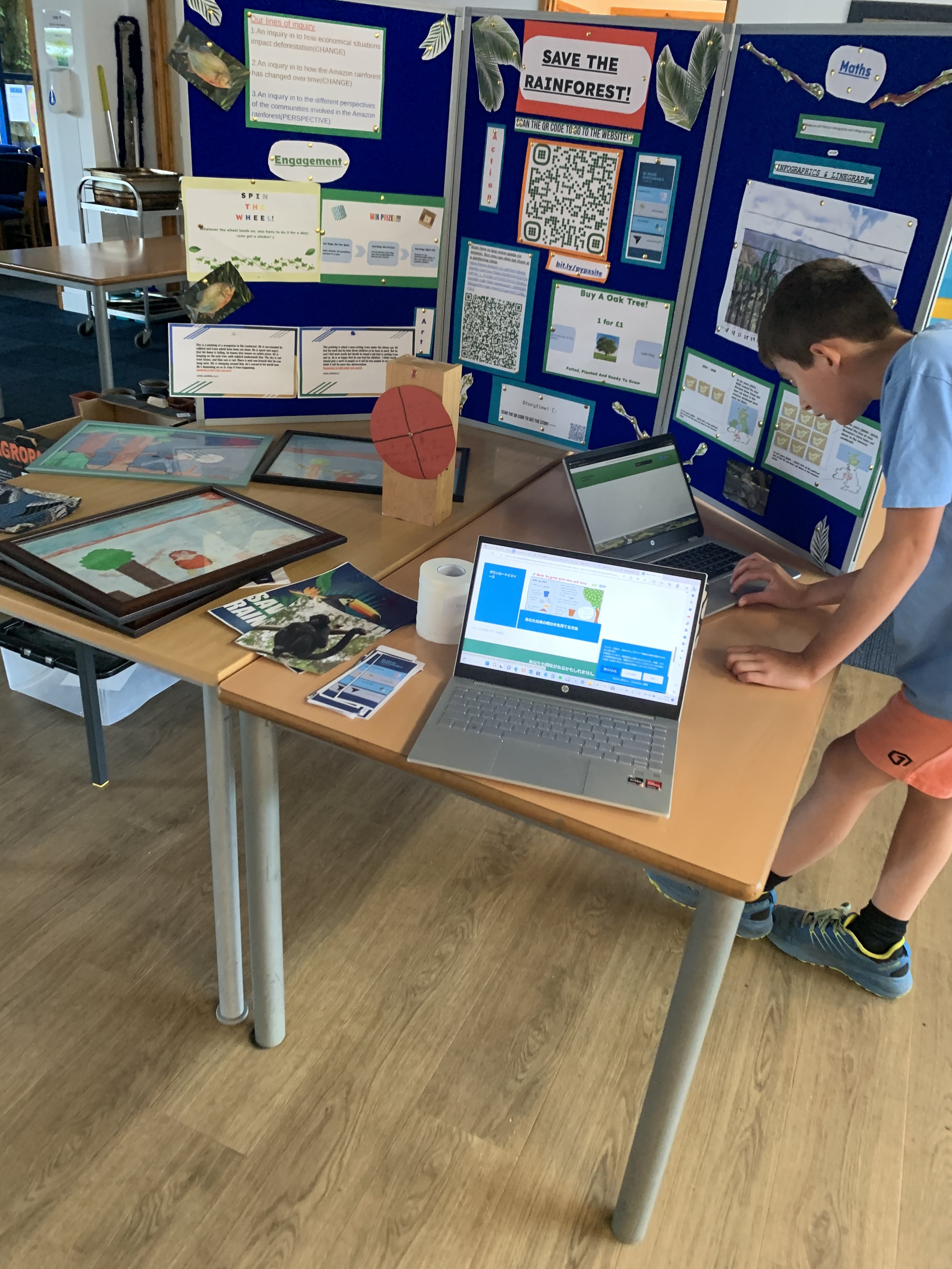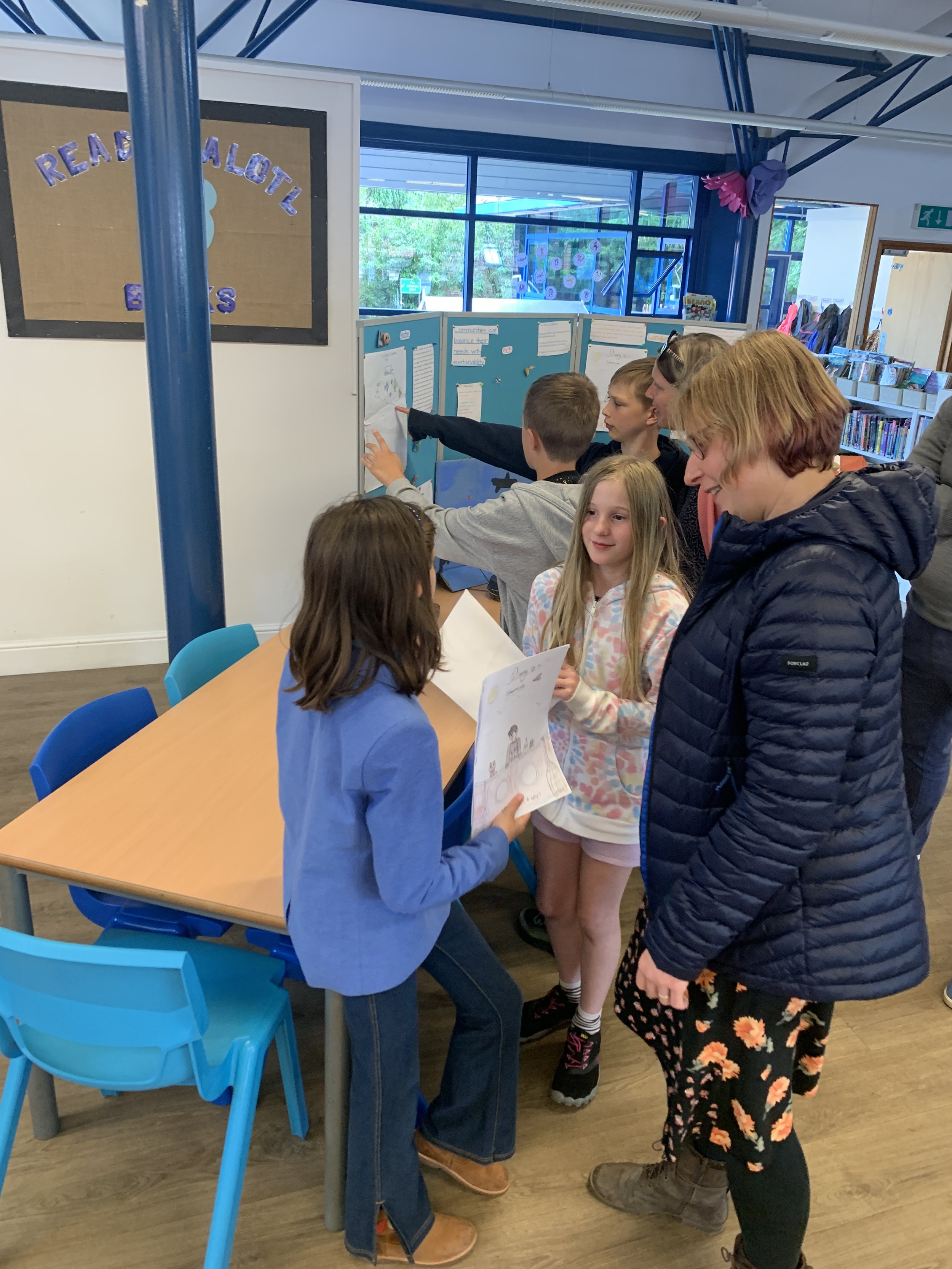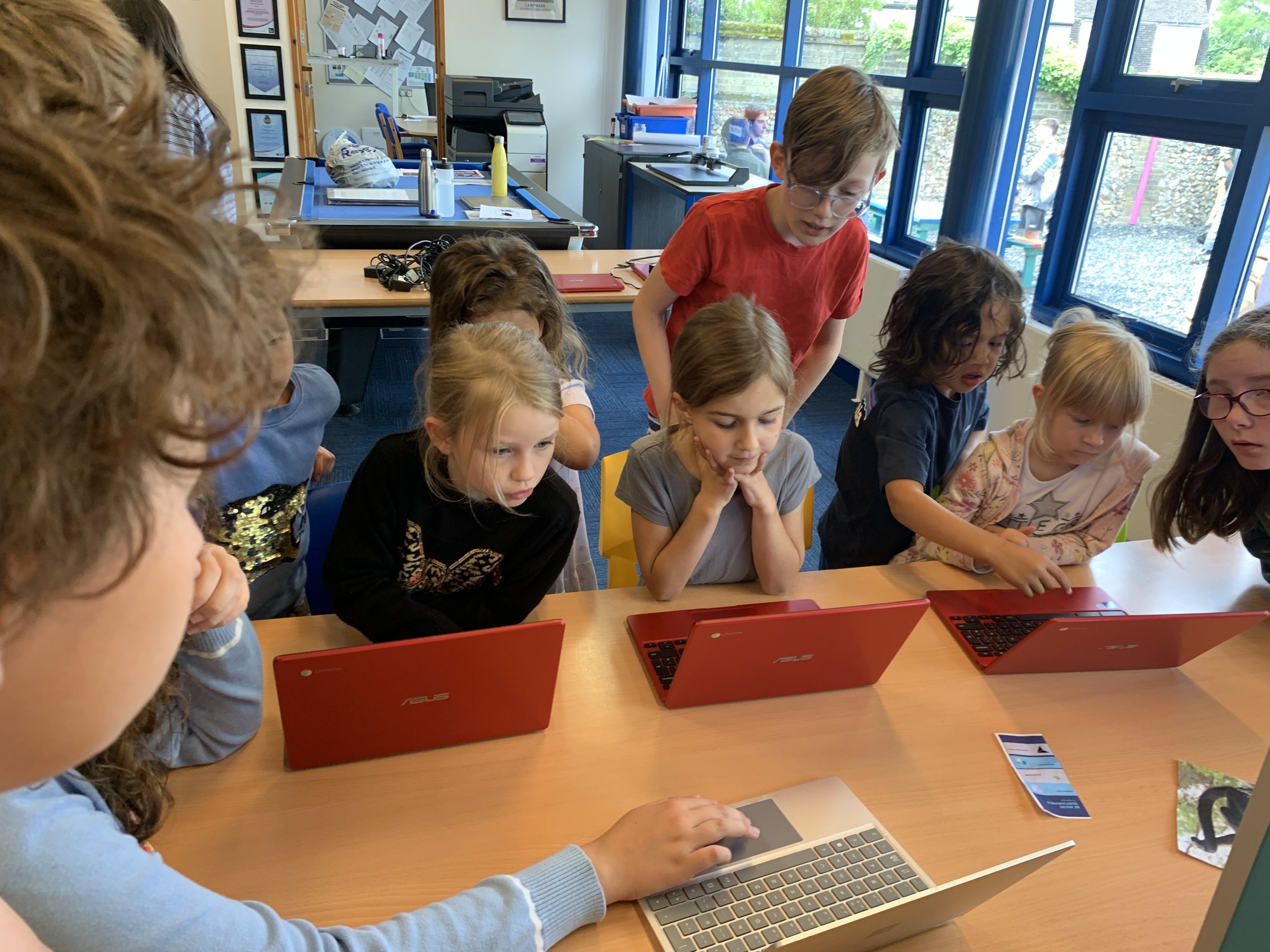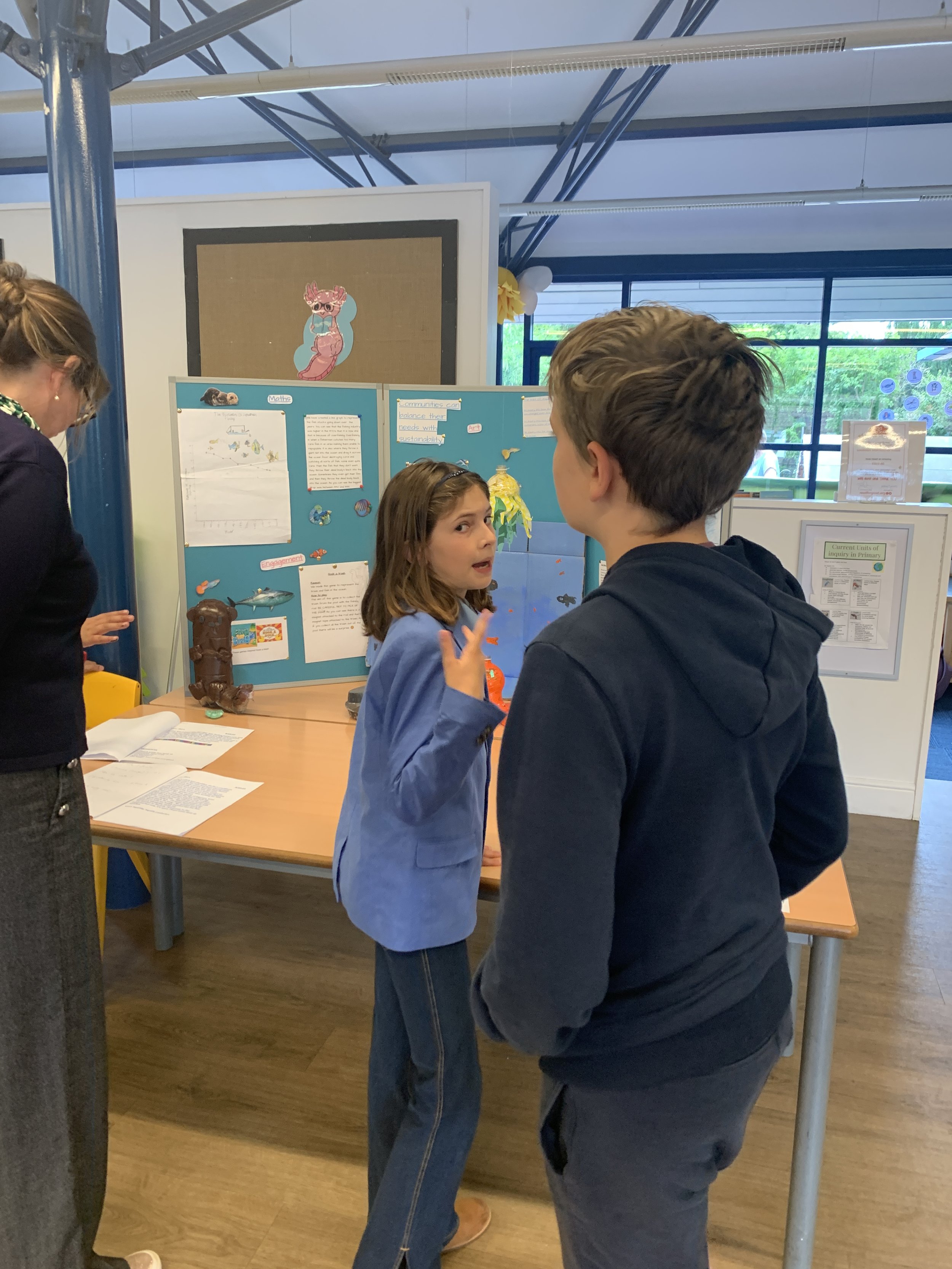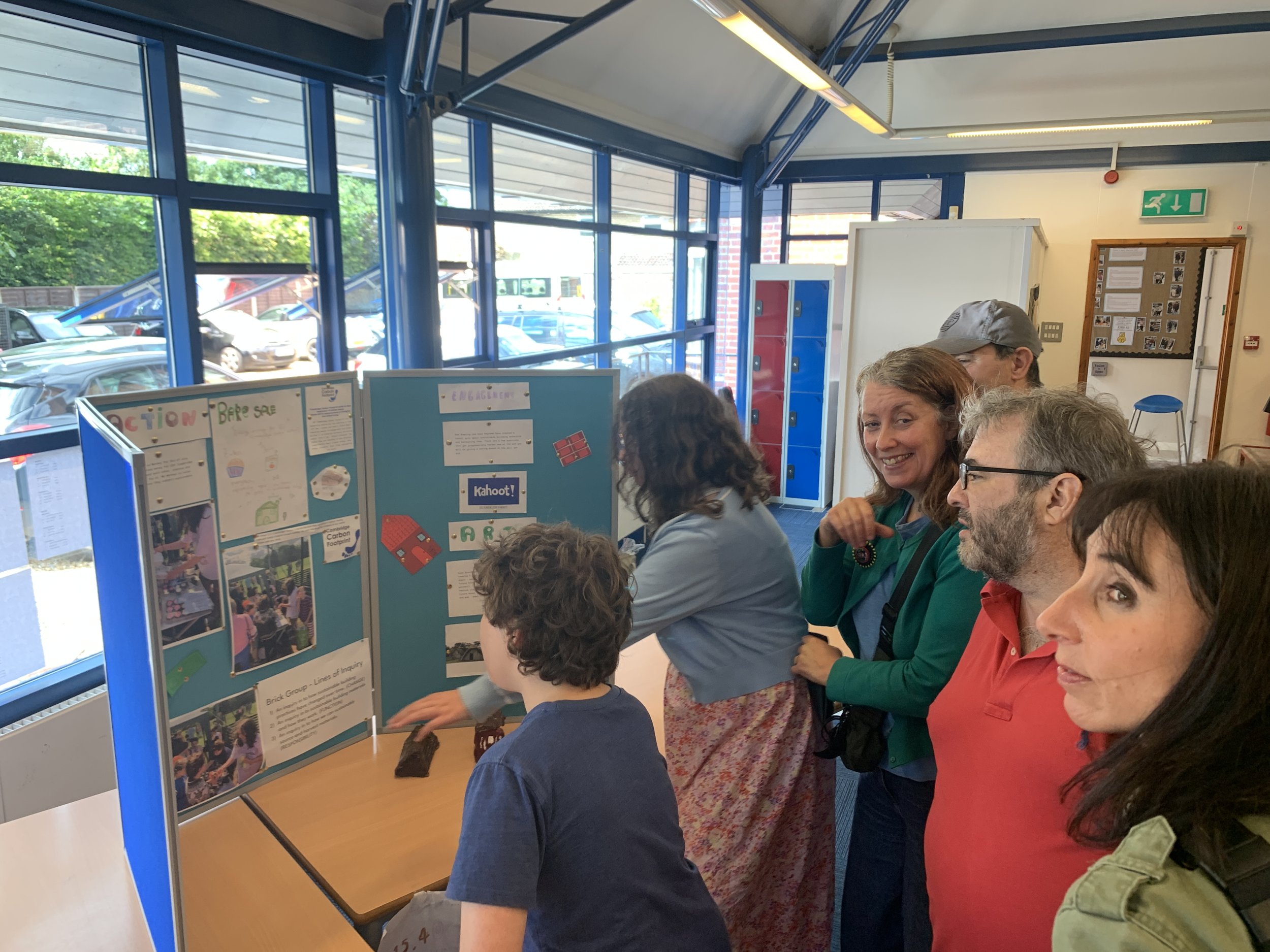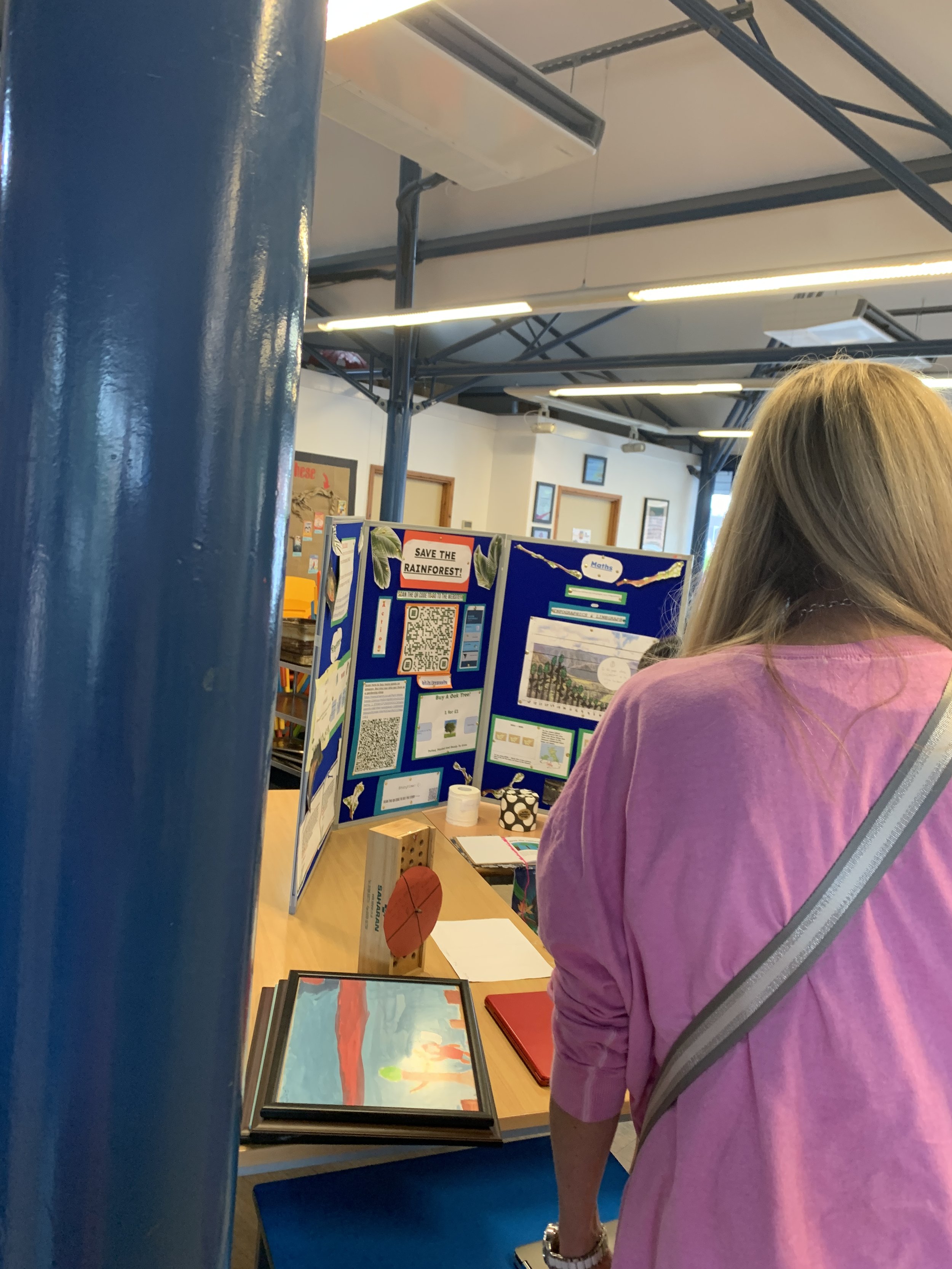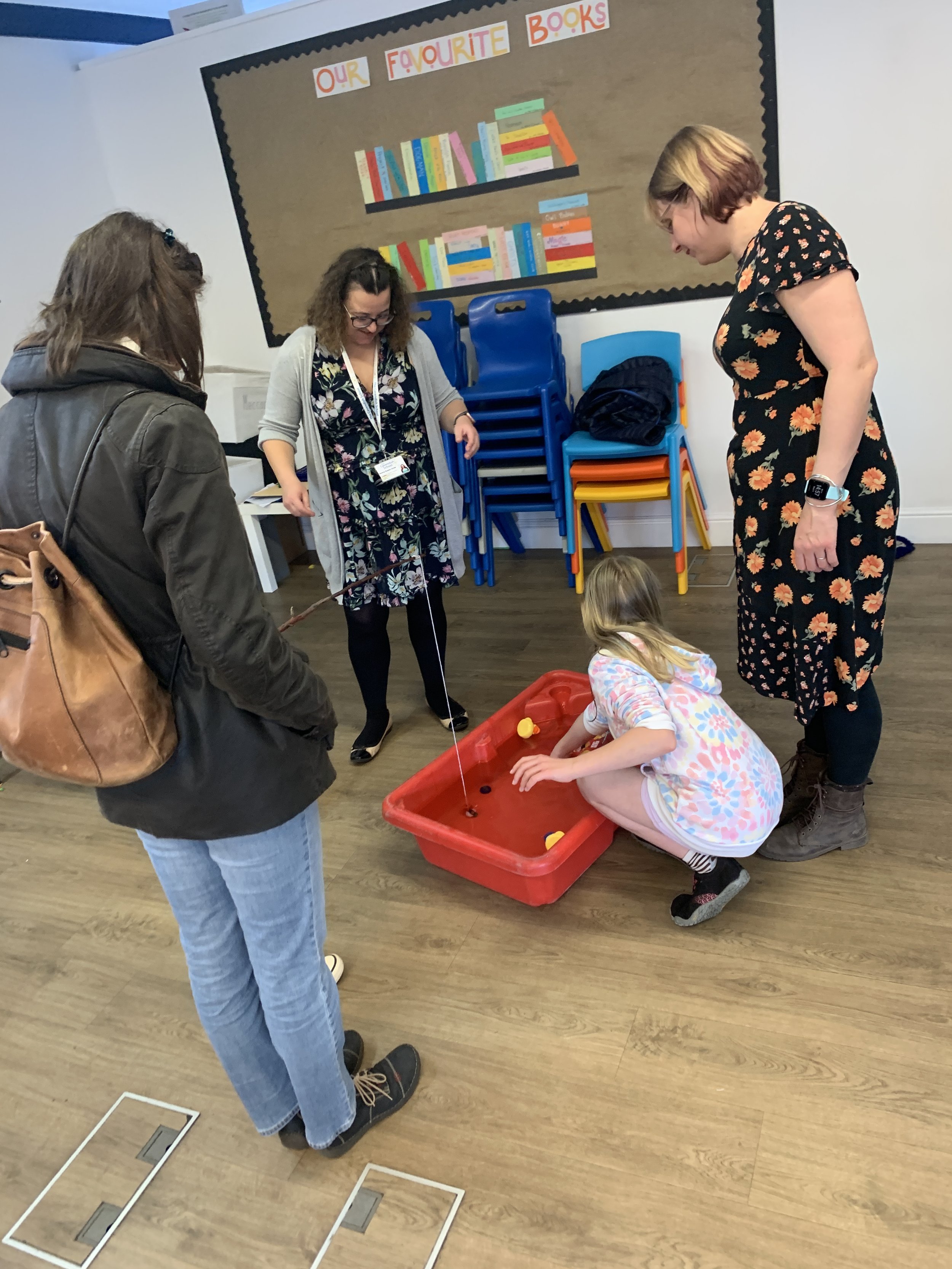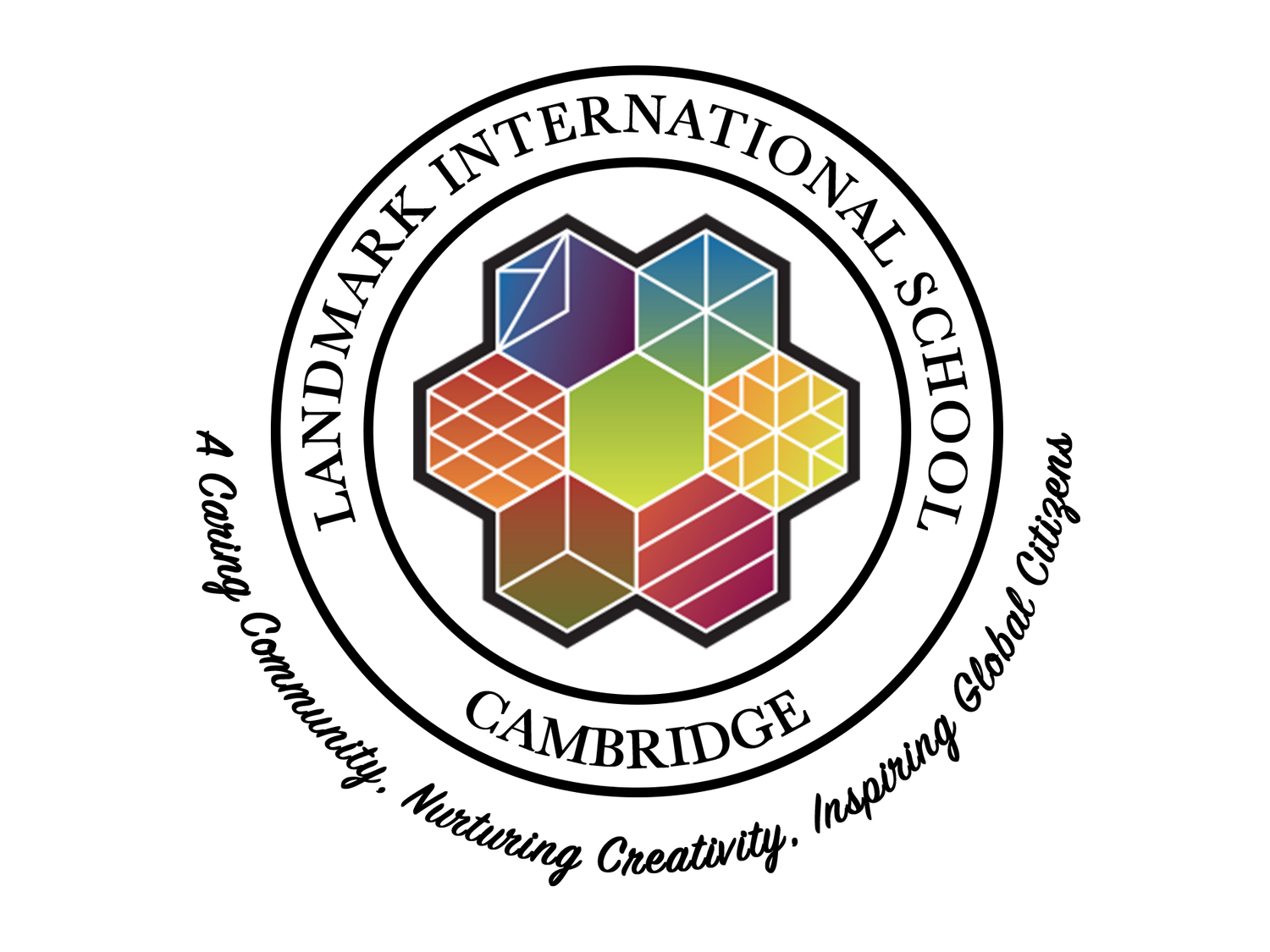PYP Exhibition Reflection
The Year 7s have been reflecting on their last term in the primary department. One of the fantastic challenges that is set for our Year 6 students is the PYP Exhibition (PYPx). Read on to hear about the students' perspectives of the half-term project. The students have organised their blog entry in to the different stages of the PYPx: the planning stage, the research stage, the create stage and the present stage.
Planning
The exhibition would not have happened without this phase. We started the exhibition by looking at the 17 UN sustainability goals. The three groups each chose one and my group chose goal 14, life below the surface.The other groups chose goals 11 and 13. Next we examined awer Guided PYPx Student Planners, and as soon as we had made our lines of inquiry. It was onto the next phase.
Research
The research phase is where groups came together and thought about what they wanted to do and how they were going to do it. The first thing that most groups did was divide the work between their team members. The five areas of learning were maths, action, engagement, art and language. The architecture group (Evan, Alex, Coco and Sam) felt some pressure in the planning phase. Evan says “The reason that my group felt pressure was because there was a deadline and it grew closer and closer every day.” Mrs Bordoli-marsh says “I was really impressed with the focus and determination all students showed towards their inquiries. They all developed their self-management skills, organised their time and worked together to complete their goals”
CREATE/PRESENT
(Architecture Group’s perspective)
The group had 4 members, and they split into 2 groups to work on different things. Evan and I were doing work on the materials inside a building, and did that by creating a pie chart with the different materials inside of the average building, while Coco and Sam Downing worked on a Kahoot Quiz for the engagement task about the sustainability of buildings materials. Next, the group working on the pie chart finished and finally got to work on using materials such as wood, clay, felt, and plastic to create a house from the Anglo-Saxon era, a house from the Victorian Era, and finally a house from the future. Eventually, Coco joined in on the activity of creating the houses, and the group had finished.
On the day of the exhibition, the stalls had been set up, and the Kahoot Quiz was highly successful. On Sports Day a bake sale was organised as a part of the 'action' activity, raising £116 for charity. The overall exhibition was a smashing success.
(Ocean Group’s Perspective)
Lottie and I wrote stories from two different perspectives, a fisherman, and a seahorse. It showed the impact on fishing around the world and what is happening under the surface. We made sea creatures out of recycled plastic. We made an otter, a jellyfish, and an octopus. Everyone helped to paint the animals and it was a really fun group activity.
Lottie says “I was glad we could find a use for old plastic and I loved our little jellyfish.” “It was fun but I felt a bit pressurised because of the deadline.” Henry says.
Overall, it was really fun and I miss being in primary.
